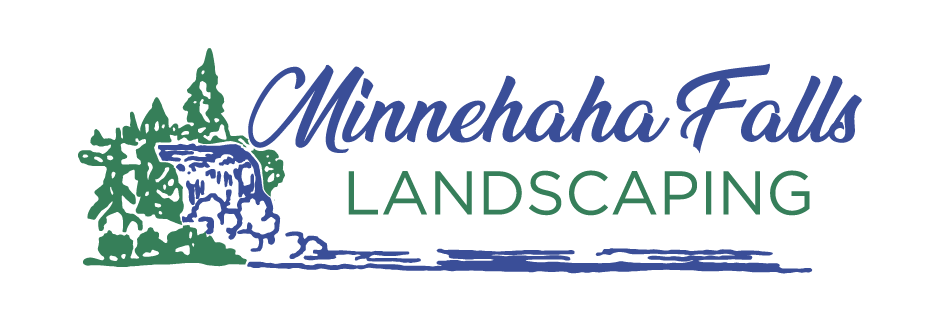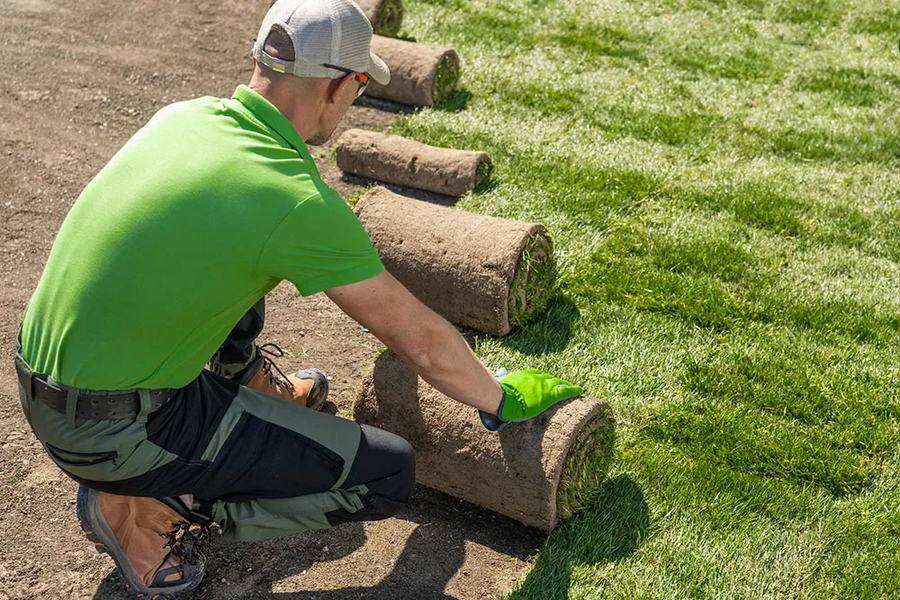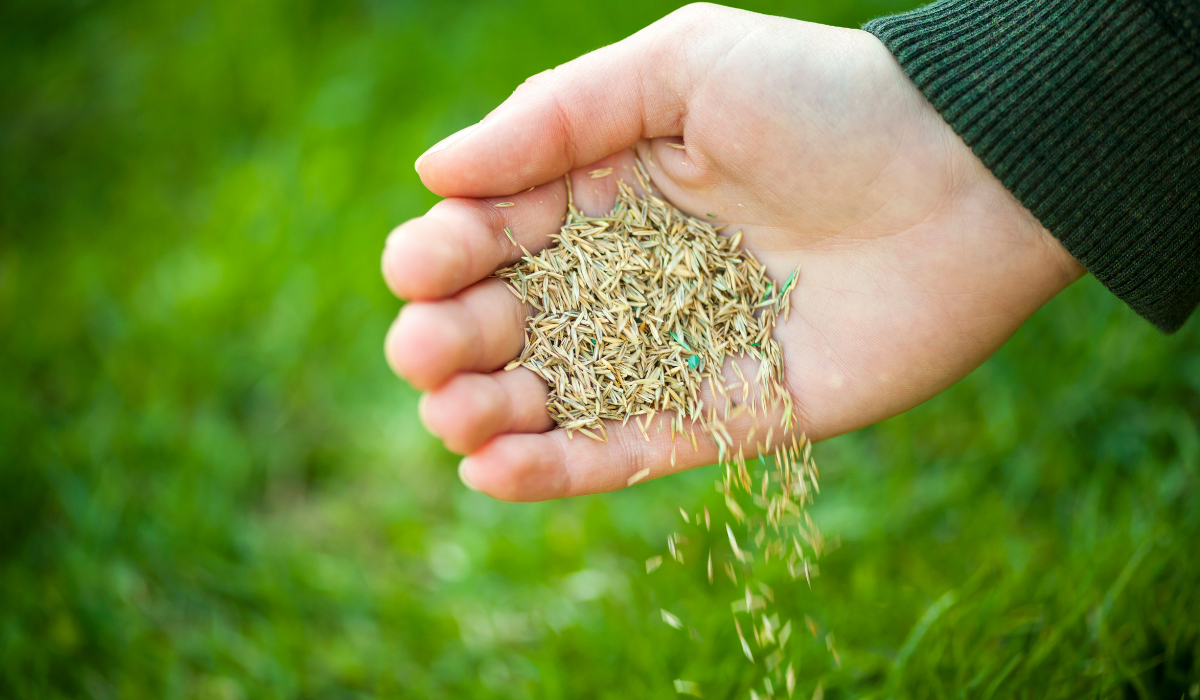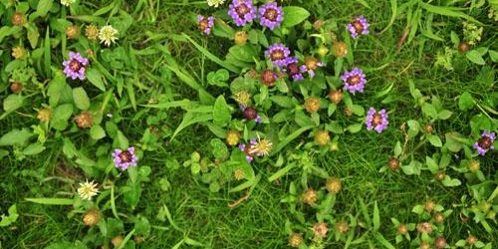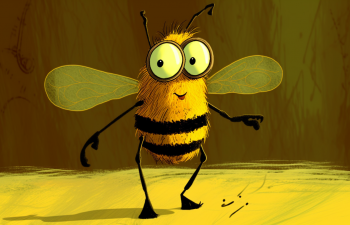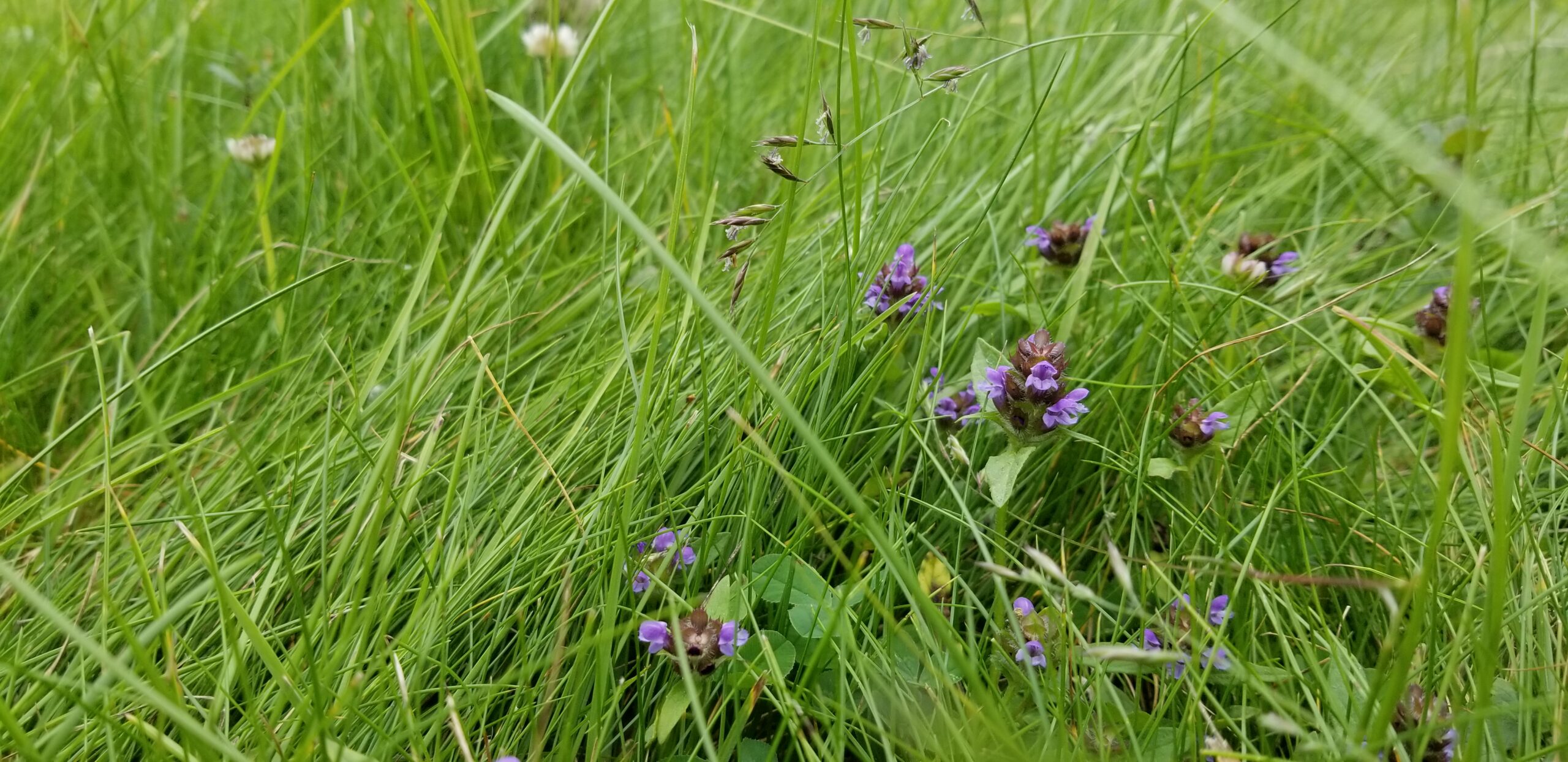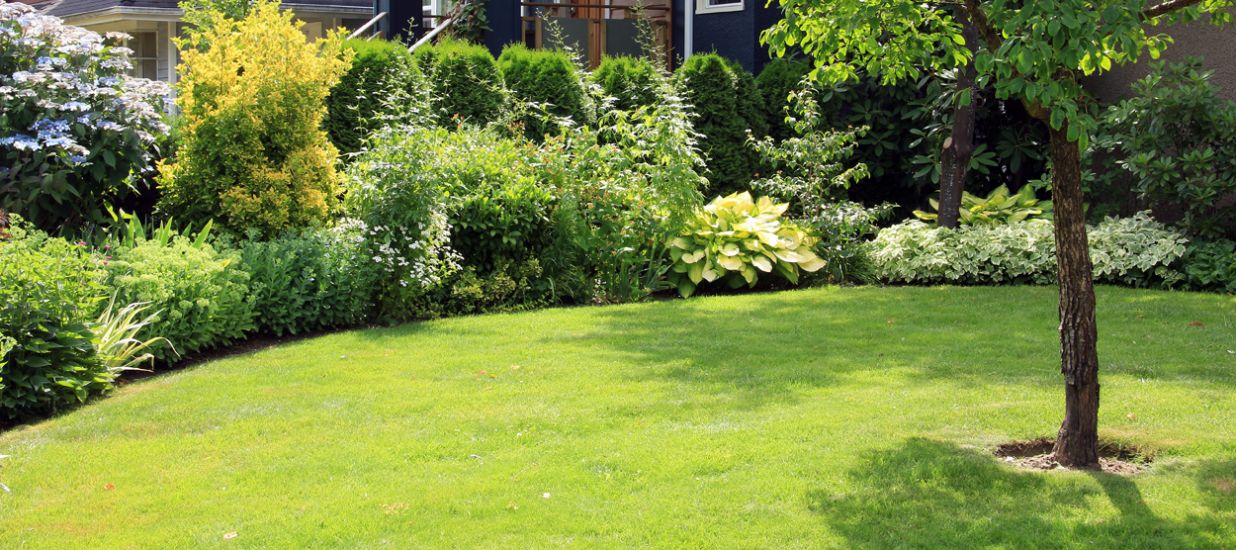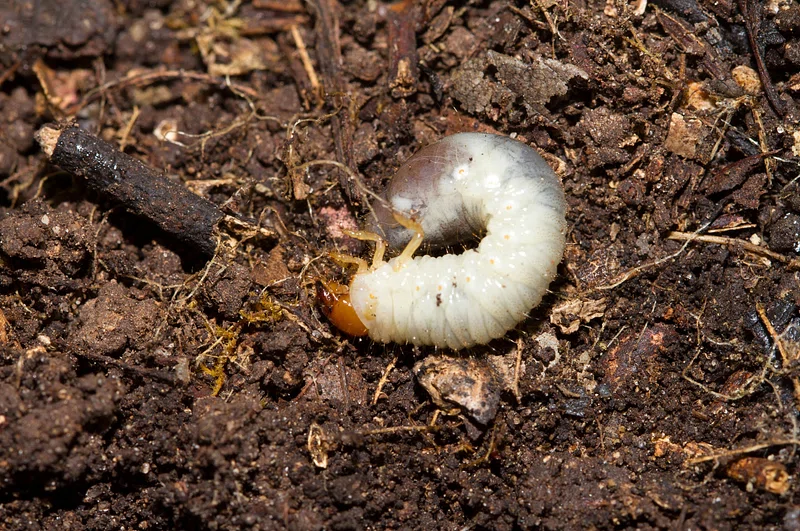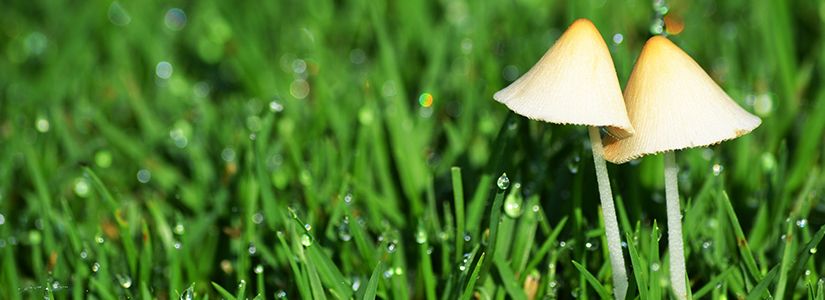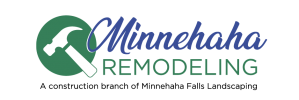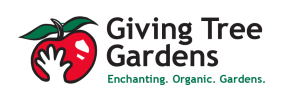Seed VS Sod
Which is better seeding or sodding a lawn?
Seed is better….
Seed Vs Sod
Which is better, seed or sod? The answer: seed! We get asked this question every day, and years of experience have shown, far and away, seeding your lawn is superior to sodding for a number of reasons. All of the following are different on a sod farm than in a typical lawn:
- Sunlight availability
- Soil type, texture, structure, fertility
- Water availability
- Organic matter level in the soil
- Fungal network availability
Seeding lawns is better because of all the advantages grass sprouts have by starting life in the same space they will always live in.
Seeding Lawns is Better
Why Seeding is Better
Seeding your home landscape has a number of advantages over sod. The primary advantage is that seeding allows plants to take root in the conditions of your site. Sprouts that start life in any given set of sun and soil conditions will be accustomed to and even connected to that specific site. From fungal networks to soil texture and fertility, to the quantity of sunlight in any given site, grass plants grow according to and become accustomed to whatever resources they have available.
Seed Selection
Your choice of seed is also a major advantage when seeding vs sodding. If you have a shady site, you can choose to start with shade tolerant seed blends, while almost all sod is grown primarily of full sun loving varieties. Even sod that offers shade tolerant seed varieties have likely been grown out in full sun, making the turf accustomed to that before it gets to your lawn. Of course you can also choose bee-lawn seed blends for your home projects, a type of turf not commercially available in sod form.
Seeding at home can be done with attention to soil health in order to give your new grass sprouts advantages that are not found with sod. Aerating and composting are two primary methods of ensuring soil health. We always aerate thoroughly on bare soil. Next, we split our total volume of seed in half. We spread the first half followed by a ½ inch of compost, and then the remainder of the seed. Finally, we add a biodegradable seeding blanket composed of wood fibers. The blanket provides shade to the soil for the duration of the seed establishment period. Combining this method of lawn restoration with proper seed selection allows us to grow healthy turf regardless of soil type.
Why laying sod isn’t as good as seeding:
Sod is grown in different conditions than your lawn. The soil, sunlight, and water availability were all different on the sod farm than they are in your lawn. The sod farmer irrigates and aerates his crop, fertilizes and seeds with precision timing, and grows his sod in full sun. Taking well-manicured sod home and dropping it into whatever conditions may be found on any given landscape is usually disadvantageous to the grass plants comprising the sod.
Poor rooting, transplant shock, dehydration, and nutrient deficiency, are just the beginning. When farmers cut and roll sod, they inadvertently severe and damage fungal networks that were the lifelines connecting and feeding the individual grass plants comprising the sod.
While you can add air, water, and fertility to poor soil and thus give grass plants a better foundation to grow from, if you start from seed, you will not experience any of the transplant shock associated with sodding and your seeds with have the advantage from the start.
Seed Options
There are more options for turf selection than there used to bee. A bee lawn combines clover, self-heal, yarrow, and thyme with no-mow grass, to create a low-maintenance lawn option. Bee lawns rely on a blend of plants that won’t require irrigation, fertilization, mowing, or pesticides to maintain. Overall bee lawns tend to grow more robust soil fungal networks than traditional lawns and tend to be more drought resistant.
As a landscape company we can sell either seed or sod. Even though we could make more money from selling sod than seed, we prefer to use seed because it works better over the long-term for our client’s yards. This means happier clients who grow to trust us because of our results and organic methods. That’s what is most important to our company.
Contact Minnehaha Falls Landscaping today to schedule an on-site consultation so we can start restoring your lawn the best way possible, with seed!
